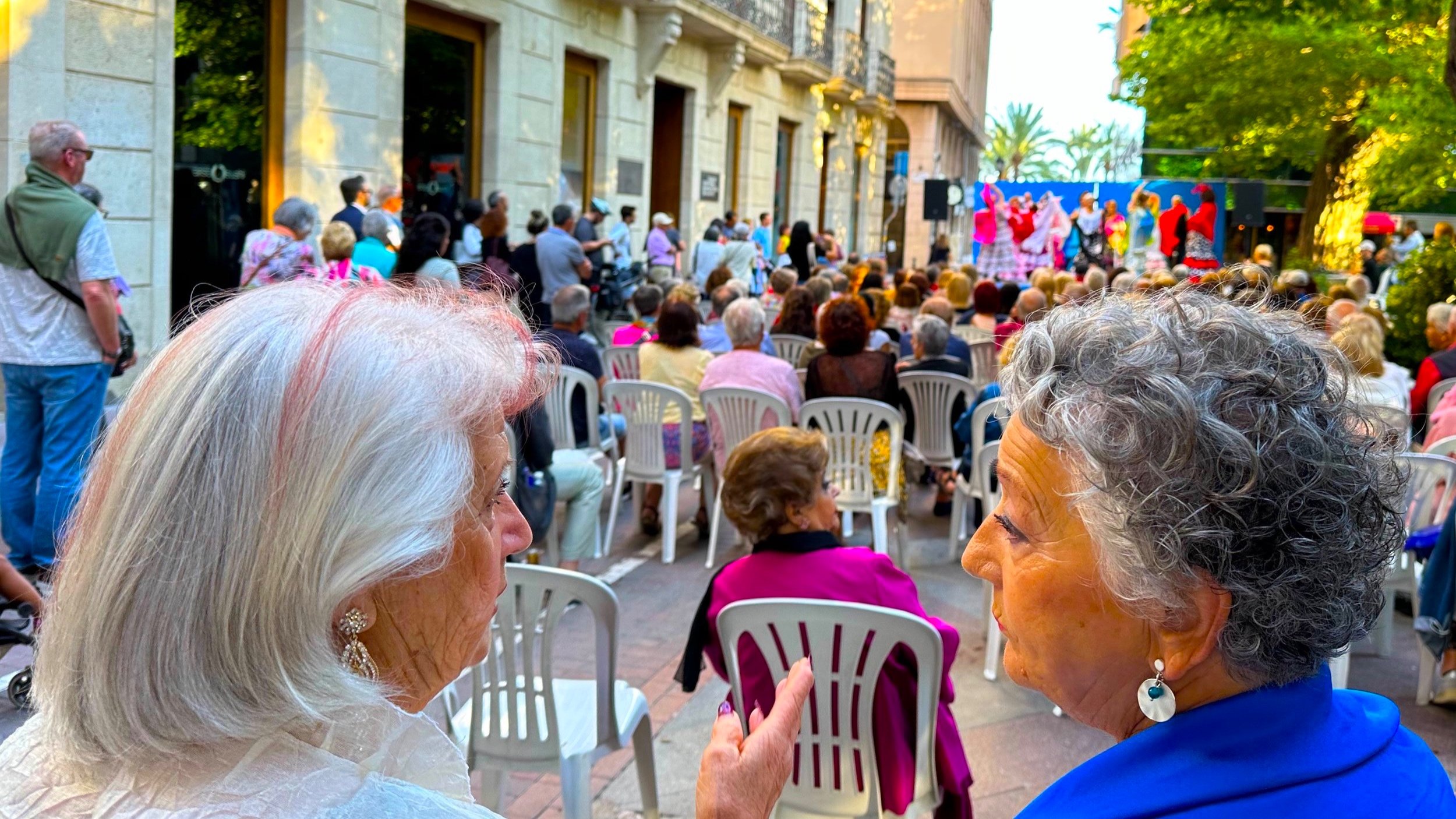The Silver Society, a Megatrend of our Times
Long life is more common in places where the Mediterranean diet is the norm, such as Spain, Italy and Cyprus
Ageing populations are a defining megatrend of our time. People are living longer than ever before, well beyond their age of retirement. Some have termed this trend the Silver Generation. According to UN DESA World Social Report 2023, globally a baby born in 2021 can expect to live on average almost 25 years longer than a new-born from 1950, reaching 71 years – with women outliving men by an average of five years. The combination of improved health systems (with vaccines, antibiotics), life-styles and food systems productivity are considered the drivers of human longevity.
Before the pandemic, people who had already survived to age 65 could expect to live on average an additional 18 years worldwide, making celebrating one’s 80th birthday an expectation rather than an exception – as it was decades before. In 2020, figures from Japan’s Health, Labour and Welfare Ministry revealed that In Japan 1 in 1,500 people reach the age of 100 or older, and they are more than likely to be a woman.
Intergeneration exchange at the Findhorn Ecovillage
In recent research I conducted with women in Scotland on how cities would look if designed by women, a participant suggested that the UK should adopt the policy of building nurseries and schools next to old people’s homes. She argued that as soon as the school bell rings signalling the beginning of the summer holidays – just as everything is ripening – gardening plots in schools are abandoned and vegetables go to waste. If old people’s homes were linked to schools, then school gardens could be better taken care of. Over the year, the elderly could also share their experiences through their involvement with the school garden and perhaps awaken a sense of co-creation with nature, which may help dissuade disruptive behaviours during adolescence and the impetus to control nature during adulthood.
One central message of the UN DESA report, is that reaping the benefits of population ageing and ensuring the well-being of older persons starts with promoting equal opportunity from a young age, including quality education and the capacity to operate in an equal and compassionate world. One of my interviewees affirmed that she ‘grew up depending on two grannies, and then they became dependent on me. It made me a more caring person. Our kids should get that opportunity as well’.
Such initiative could draw inspiration from the German model of multigenerational houses (mehrgenerationenhaus) where older people and children mix to the advantage of both. These intergenerational living arrangements recreate some of the extended family ties that Western societies have departed from over the last two centuries. Prototyped in 2006 in Salzgitter, these houses were meant to bring under the same roof groups that had previously operated in isolation from each other – childcare groups, youth centres, young mother’s support, day care for older people, and citizen advice centres. By bundling social services together, they brought together those starting in life and those completing their life journey. Currently, there are over 500 multigenerational houses operating in Germany.
As people are living longer and having fewer children, the age structure of our society is beginning to shift. In the UK, there is a noticeable rise in the number of older single-person households. According to National Records Scotland 2020 report, in Scotland the number of peoples aged 65 and over and living alone, is projected to increase by 18% by 2028. This has significant health and social implications for both society and individuals, particularly those experiencing social isolation.
As the term suggests, megatrends occur at large scale unfolding over an extended period of time. They are set in motion through incremental changes that take decades to display their true magnitude. They are factual and often backed by verifiable data and involve a complex combination of factors within and between social, political, economic, technological, and environmental systems. The design challenge we face is how to live longer, free from cognitive or physical impairment while experiencing and contributing to rich intergenerational exchange and affection. Our increasing longevity is stretching the boundaries of life experience, unleashing a quiet cultural transformation, and challenging our resolve to support everyone in adding years to their lives and life to their years.
Ageing populations are a defining megatrend of our time. People are living longer than ever before, well beyond their age of retirement.



